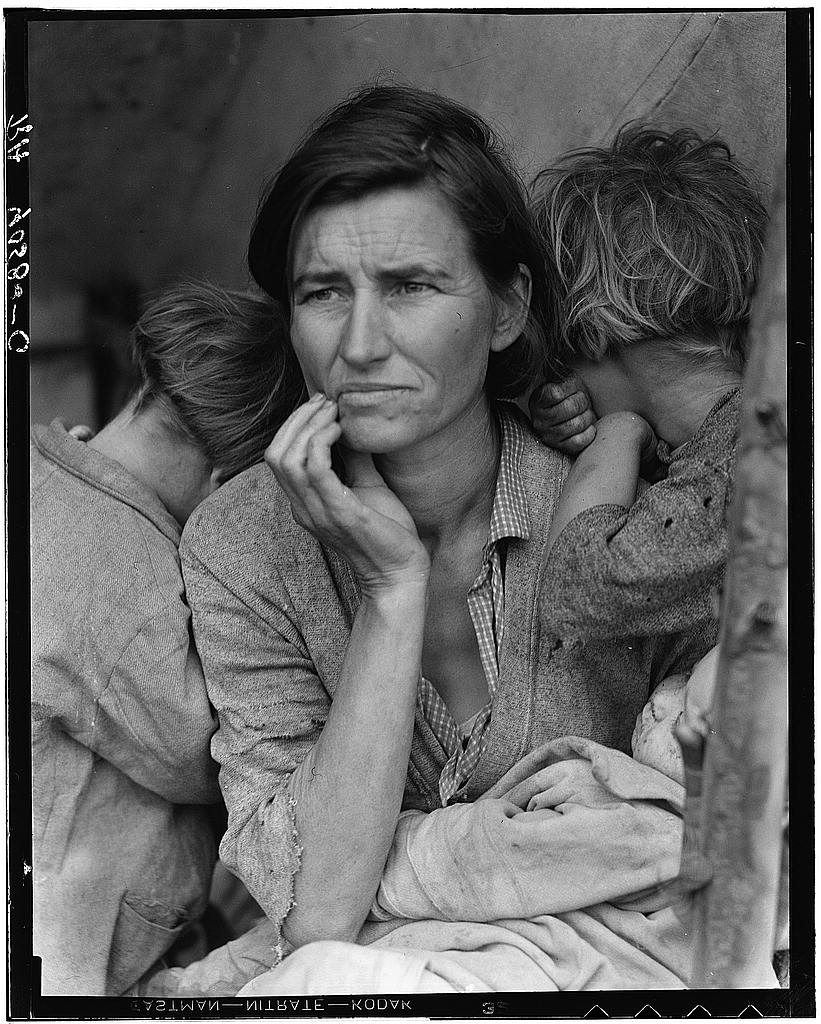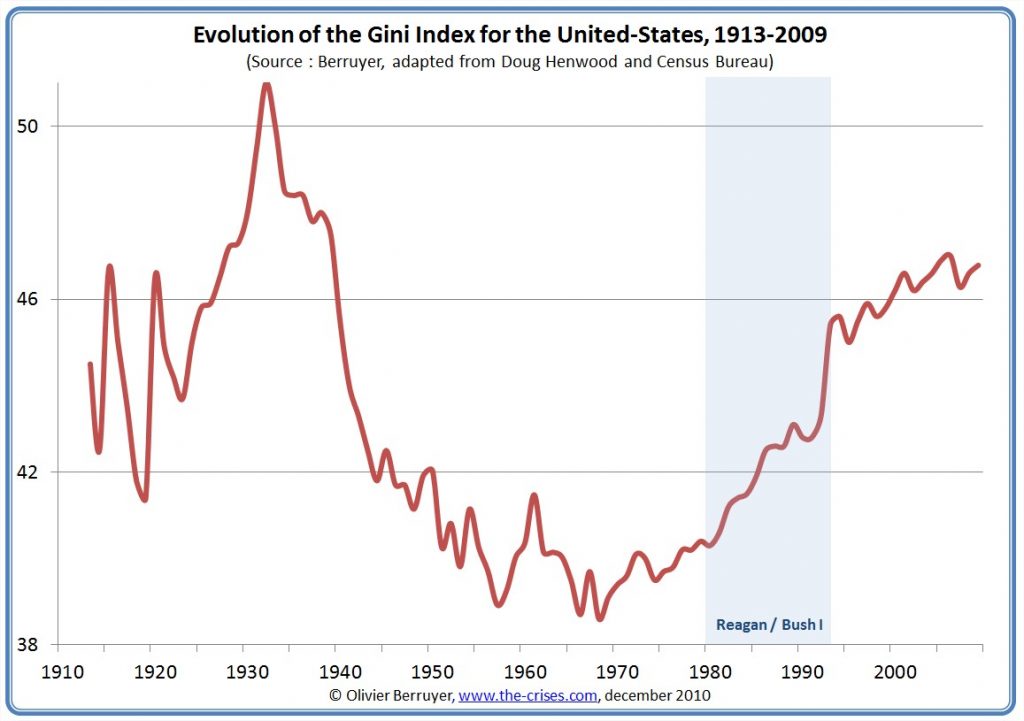26 Nov How the Great Recession Defined a New Generation of Children
Our youngest generation, the Homelanders is defined by the Great Recession. According to generational expert Neil Howe, this was the pivotal historic moment that allowed one generational archetype to be succeeded by the next. What makes the recession of 2008 so different was that it cut deeper and lasted longer than any other downturn since the Great Depression. Families with young children are hit particularly hard, and the recovery for these families is often so slow or absent that it will leave permanent marks on a large portion of the next generation of children. In fact recent reports indicate that almost all of the recovery has benefitted only those highest on the income ladder. Over the last four years the top one percent saw their income rise by 31.4 percent, while the bottom 99 percent only saw real growth of 0.4 percent. This we learn from the recent report from economists Emanuel Saez and Thomas Piketty. Rich or poor,the recessionary economy is associated with Strauss and Howe’s Fourth Turning and will continue to act as the lens through which the world will be perceived by the rising generation. They will have no memory of America before the recession. They will have no memory of a time when America was most known for providing its citizens social mobility.
On the contrary, the gap between the haves and the have-nots hasn’t been greater in 80 years and the inequality is growing. We are at a point where the Gini-koefficient – the most common measure of wealth distribution – in the United States is peaking at its highest since the Great Depression, and is higher than any other OECD country and several non-democratic developing countries. And when it comes to economic development standards, the Gini is not one of those where you want a high score. The latest report from Child Trends discloses that a colossal 48% of all infants and toddlers now live in low-income families, 25% of children live under the official poverty line and 15% live of half the poverty line – in deep poverty. Yes, that means that a substantial number of America’s children are not getting enough to eat, safe living conditions or many other essentials to live a comfortable childhood. These children often grow up in broken homes, with a single caretaker or in the care of grandparents. Caretakers in these households are often poor and poorly educated. All this has enormous ramifications on multiple levels for how the next generation will turn out. Economic insecurity affects brain and physical development as well as the way we raise, nurture, educate and buy for our children.
In the following three posts (here, here and here) I will write about how poverty and income insecurity affect children’s physiological and mental development, how this poverty problem can be seen in educational trends, and finally, how the young recession-driven post-millennials are changing consumer patterns. These shift will have tremendous impact for social workers, educators, politicians, product developers and marketers. It might look dark at the moment, but there are also good reasons to be optimistic if we don’t let the opportunities pass us by.
There are upsides to lower consumption – especially if seen from an environmental perspective. But if the goal is to improve living conditions, develop new products and services or adjust to the changing market demand, it is absolutely necessary that we discern the underlying dynamics of each generation and its macroeconomic conditions. Only then will we align ourselves with the hopes and possibilities of the future, rather than the realities of the past. If America is to achieve new economic growth we will have to take a look at the ways in which resources are being allocated at the moment. Because if we are to shift from the unsustainable Gilded age of the few to a Golden Age of general economic wellbeing, we have to adapt and allow an improved system to emerge. Thankfully, emerging trends show signs that our children will be more than ready to take on that challenge.
Photo: Dorothea Lange, ‘Migrant Mother’




Sorry, the comment form is closed at this time.